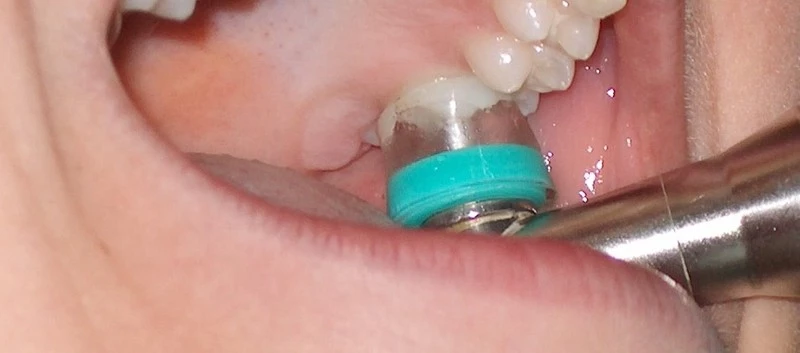Gaseous Ozone for Root Canal Therapy
Gaseous ozone can be used as combined with irrigation solutions (NaOCl or chlorohexidine) to reduce aerobic and anaerobic bacterial colonies in infected root canals. It is suggested as a dental antiseptic agent as it possesses high antimicrobial power with no bacterial resistance against it. There are still limited guidelines about the appropriate application method, time and concentration of gaseous ozone and the vulnerable bacterial species.
The use of gaseous ozone in root canal treatment was evaluated when combined with different concentrations of different irrigation solutions; for example, 0.5% NaCl, 0.9% NaCl and 2% CHX. A previous study compared the antibacterial effect of 0.5%, NaOCl irrigant with/without gaseous ozone in endodontic treatment in 100 patients before and after instrumentation. The results of this study showed that NaOCl combined with gaseous ozone reduced the number of the bacteria colonies with significant difference as compared to using NaOCl only. Similarly, another study found that gaseous ozone in a concentration of 5 gm¯3 could reduce the number of aerobic/anaerobic bacterial colonies in infected root canal.The application of gaseous ozone is continuously evaluated as compared to photodynamic therapy and different irrigation solutions.

The durations of gaseous ozone application ranges between 6 and 12 minutes before instrumentation to entirely reduce the number of bacterial colonies in infected root canal. However, after 3 days of disinfecting the canals by gaseous ozone, the number of bacterial colonies increased again including Clostridium clostridioforme, Clostridium bifermentans, Clostridium baratii and Actinomyces meyeri.
Finally, the formation of post-treatment bacterial colonies was minimal when gaseous ozone was applied along with profound root canal irrigation before and after canal instrumentation.

